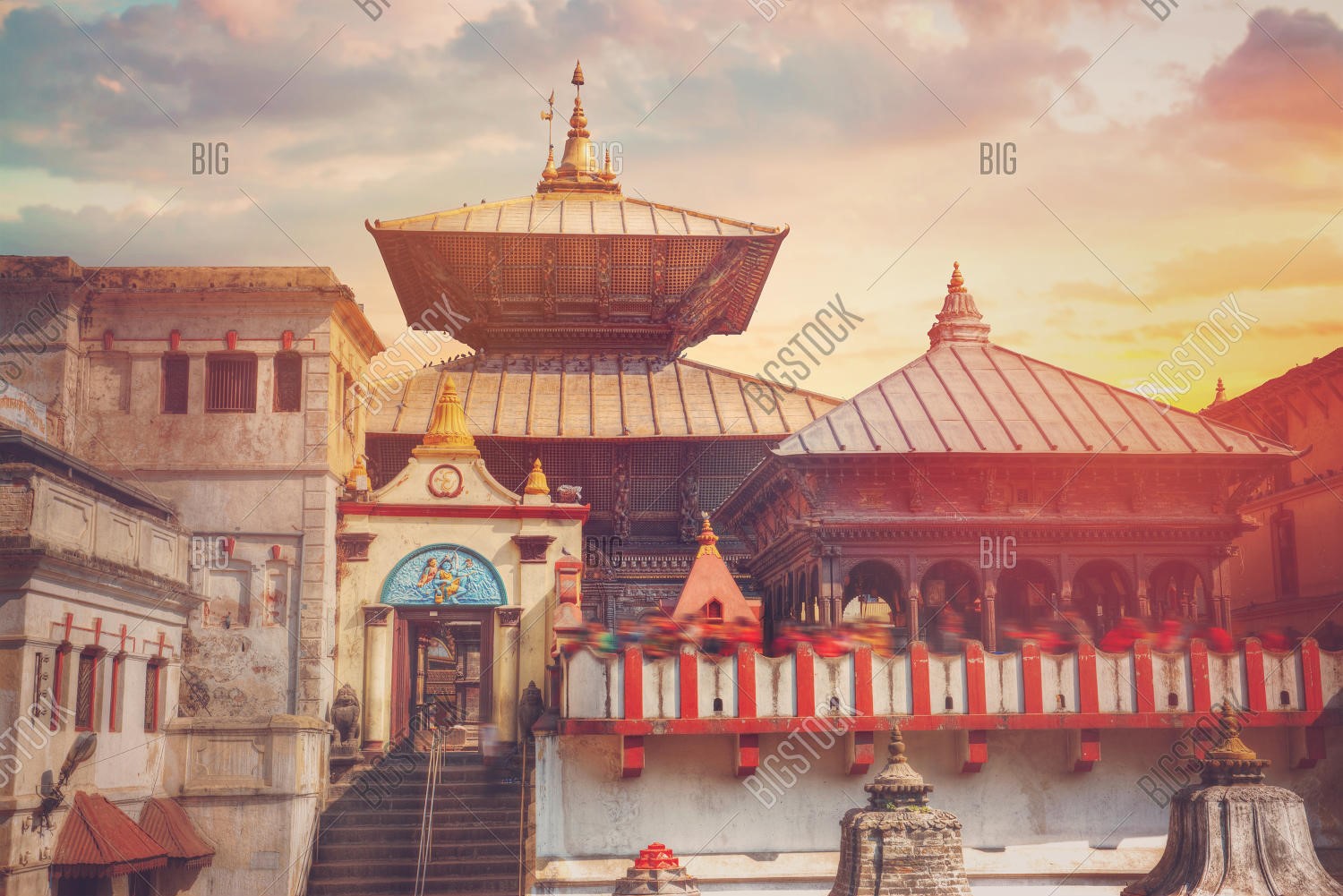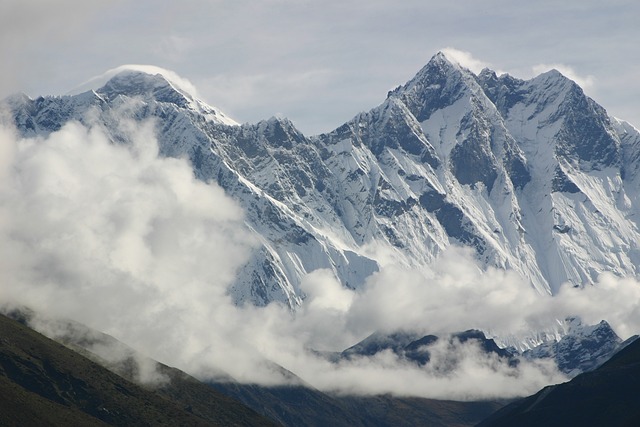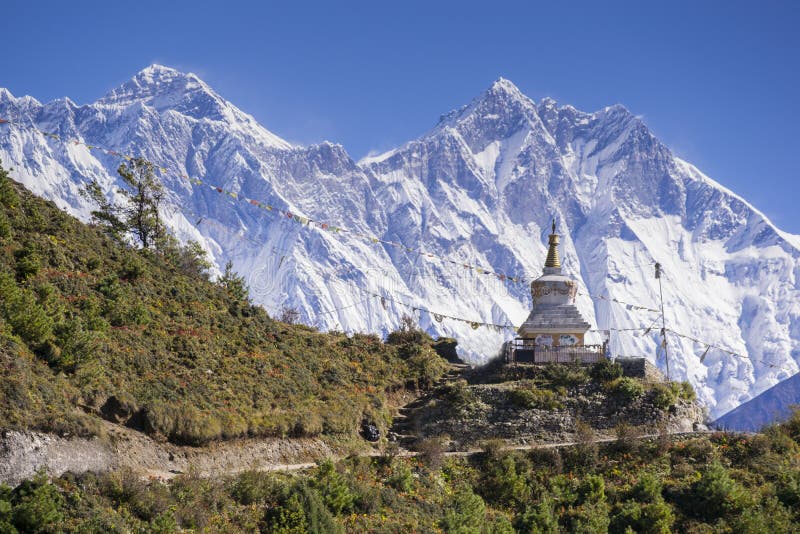
Sat,9 November 2024

Geographical Marvel:
Lhotse Himal, which means "South Peak" in Tibetan, comprises three main summits: Lhotse Main (8,516m), Lhotse Middle (8,414m), and Lhotse Shar (8,383m). These peaks form a prominent part of the Everest massif, sharing much of its base and climbing route.
The region surrounding Lhotse Himal is adorned with dramatic landscapes—sweeping glaciers, steep ice faces, and jagged ridges. The iconic South Face of Lhotse is one of the most challenging climbs in the world, attracting seasoned climbers seeking to conquer its formidable slopes. The sheer magnitude of the mountain, coupled with its technical difficulties, adds an element of allure and prestige to those attempting its ascent.
Mountaineering Legacy:
The allure of Lhotse Himal has beckoned mountaineers from across the globe. The first successful summit of Lhotse Main occurred in 1956, when Swiss climbers Fritz Luchsinger and Ernst Reiss made history as part of a Swiss expedition led by Albert Eggler. Since then, numerous climbers have tested their mettle against its peaks, etching their names in mountaineering lore.
Lhotse shares a significant portion of its climbing route with Everest, and many climbers opt to tackle both summits in a single expedition, traversing the treacherous South Col, a challenging passage between the two peaks. The climbing challenges posed by Lhotse Himal demand unparalleled physical endurance, technical skill, and mental resilience, creating a rite of passage for elite mountaineers.
Cultural and Spiritual Significance:

The region surrounding Lhotse Himal is steeped in rich cultural heritage, primarily influenced by the Sherpa community. Sherpas, known for their mountaineering expertise and deep reverence for the mountains, consider these peaks sacred. The spirituality and mystique associated with the Himalayas are evident in the traditions, practices, and rituals of the local inhabitants.
For centuries, the Sherpas have revered the mountains as the dwelling place of deities, embodying both natural beauty and spiritual power. Each climb is preceded by ancient rituals and ceremonies seeking blessings for a safe and successful expedition, demonstrating the profound spiritual connection between the Sherpas and the mountains.
Conservation and Environmental Concerns:
The Himalayas, including Lhotse Himal, face the challenges of climate change and environmental degradation. Melting glaciers, unpredictable weather patterns, and increased human activity pose significant threats to this delicate ecosystem. Conservation efforts, such as sustainable tourism practices, waste management initiatives, and awareness campaigns, are crucial to preserving the pristine beauty and ecological balance of this region.